Are you interested in military history? These are the must-visit war museums in Upper Austria:
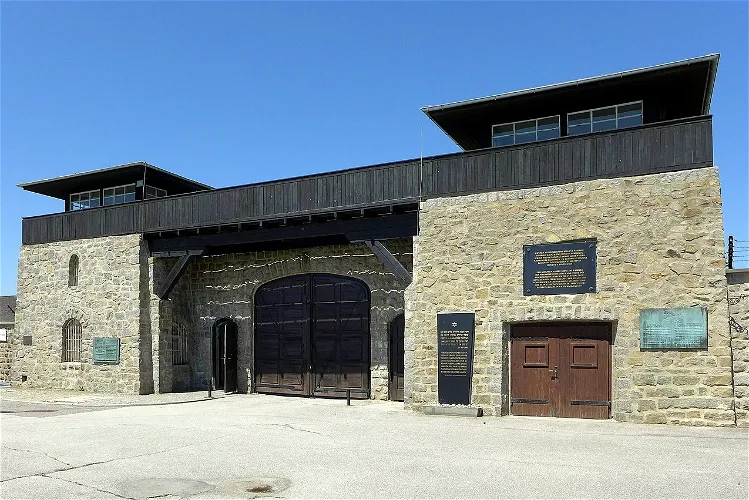
Mauthausen Concentration Camp
MauthausenMauthausen-Gusen was a collection of Nazi concentration camps located around the small Austrian town of Mauthausen, approximately 20 km east of Linz. The main camp was established shortly after Austria's Anschluss and evolved into one of the most notorious concentration camps. The camp was situated near a granite quarry that supplied a large portion of the stone used for paving the streets of Vienna.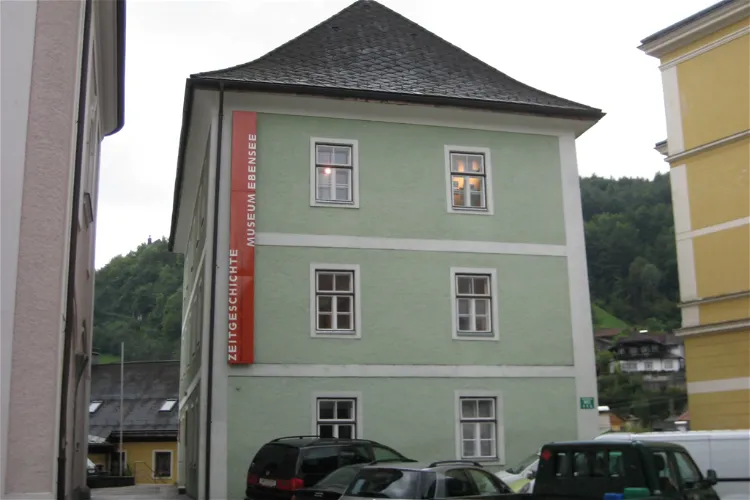
Zeitgeschichte Museum Ebensee
EbenseeThe Zeitgeschichte Museum Ebensee is a historical regional museum situated in the market town of Ebensee, in the Austrian state of Upper Austria. This museum is dedicated to the political contemporary history of the Salzkammergut region between 1918 and 1955. It provides a unique opportunity for visitors to delve into the historical events that shaped this region during this period.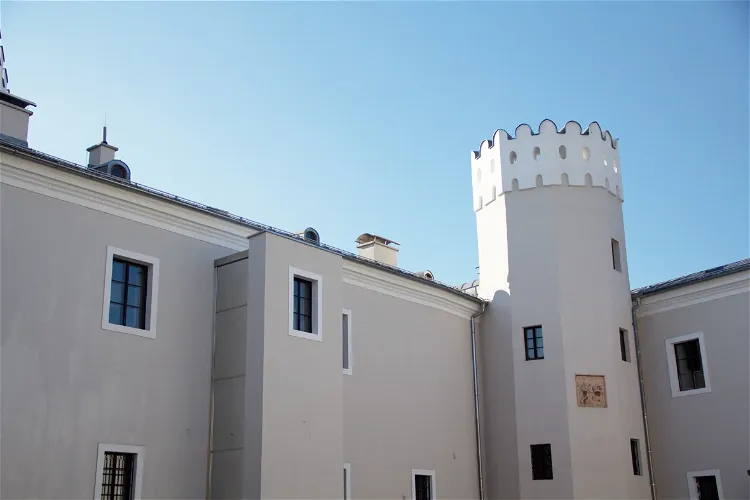
Ebelsberg Castle
LinzEbelsberg Castle, located in the Ebelsberg district of Linz, Austria, is a historical site with a rich military history. The castle was first mentioned in historical records in 1154 and has been the site of numerous military conflicts over the centuries. The most famous of these conflicts is the Battle of Ebelsberg, which took place in 1809 during the Napoleonic Wars. This battle is a significant event in the castle's history and is likely to be of interest to tourists with an interest in military history.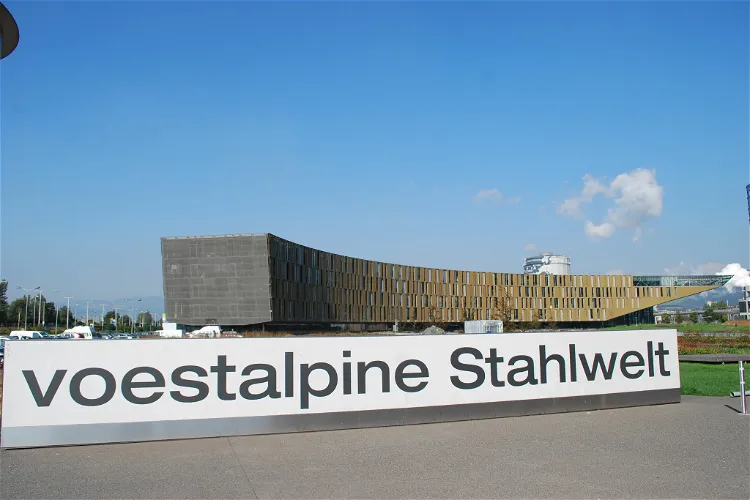
Voestalpine Steel World
LinzThe most important steel production factories of Voestalpine AG are located in Linz, Leoben, and Krems. These locations are significant as they are the heart of the company's steel production operations.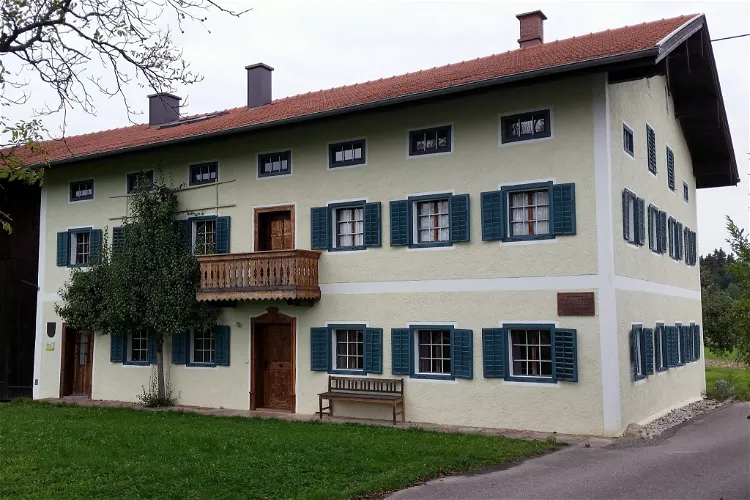
Franz Jägerstätter
Sankt RadegundFranz Jägerstätter was an Austrian conscientious objector during World War II. He was born in Sankt Radegund, a small village in Upper Austria, between Salzburg and Braunau am Inn, where almost everyone was Catholic. He was sentenced to death and executed for refusing to fight for Nazi Germany. His story is a significant part of the history of Sankt Radegund and is likely to be of interest to tourists visiting the area.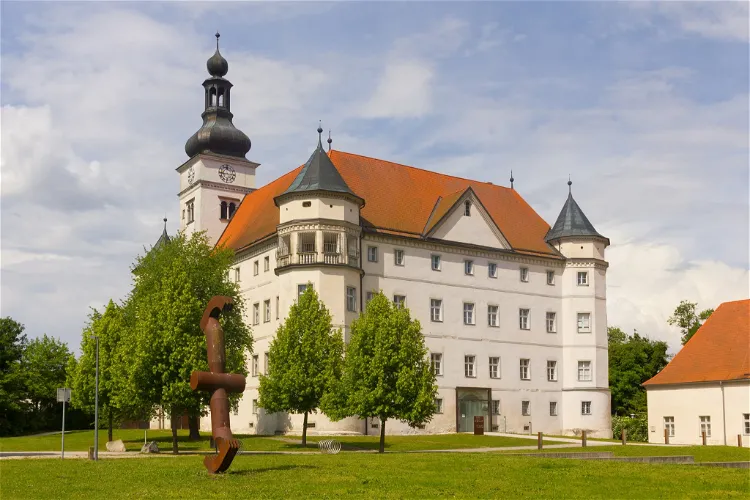
Hartheim Castle
AlkovenHartheim Castle, also known as Schloss Hartheim, is a significant Renaissance castle located in Alkoven, Upper Austria, approximately 14 kilometres away from Linz, Austria. The castle was constructed by Jakob von Aspen in 1600 and stands as a prominent example of Renaissance architecture in the country.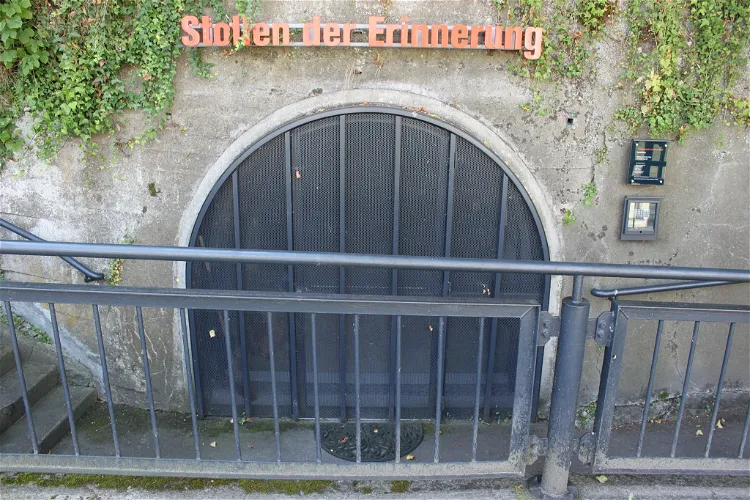
Stollen der Erinnerung
SteyrThe Stollen der Erinnerung, located in the city of Steyr in Upper Austria, is a permanent exhibition dedicated to the history of forced labor and concentration camps. This museum provides a deep insight into a significant part of history, making it a valuable visit for those interested in historical events and their impact on society.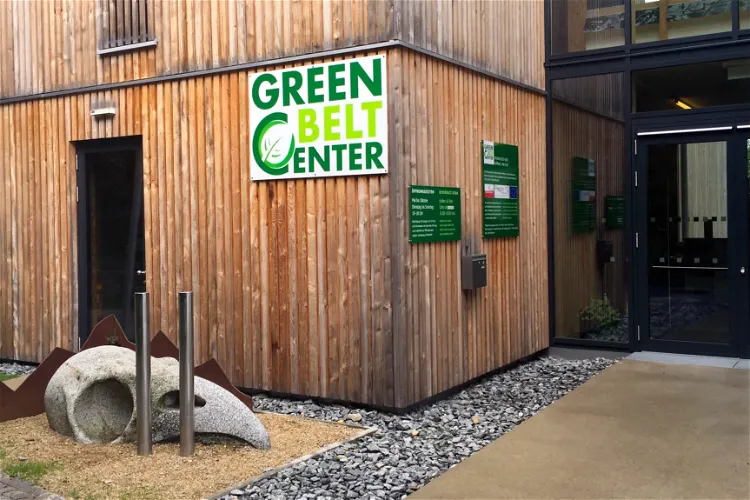
Green Belt Center
Windhaag bei FreistadtThe Green Belt Center, located in Windhaag bei Freistadt, is a visitor center that opened its doors in 2015. It is situated in the northern Mühlviertel, directly on the border with South Bohemia. This location makes it a unique destination for those interested in exploring the region's history and natural beauty.